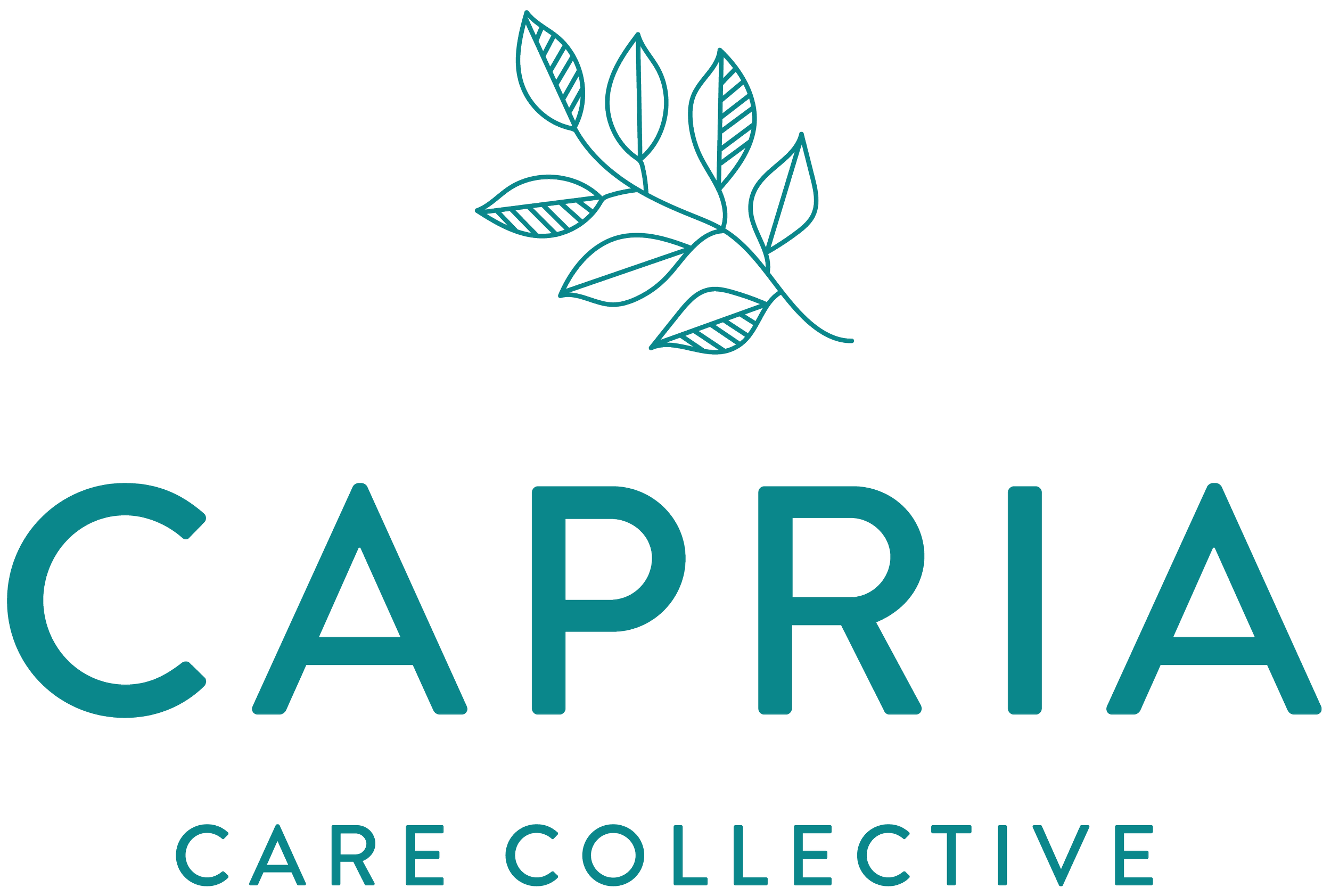Why Your ICBC Treatment Extension Got Denied (And How to Fix It)
You've been treating your ICBC patient for weeks. They're making progress. You submit your treatment extension request, confident it will be approved. Then the dreaded response arrives: DENIED.
Sound familiar? You're not alone. Healthcare providers across BC are facing increasing denials from ICBC, and most don't understand why their perfectly reasonable treatment plans are being rejected.
The problem isn't your clinical skills or treatment approach. The problem is that you're speaking a different language than ICBC adjusters.
The Language Barrier That's Costing You Approvals
Here's what most healthcare providers don't realize: ICBC adjusters don't understand practitioner terminology. They don't know what your special tests mean. They don't care about range of motion measurements or neurological assessments.
When you write "Patient demonstrates positive Spurling's test with decreased cervical rotation of 15 degrees," the adjuster sees medical jargon that doesn't translate to functional impact.
What they DO understand is functional limitations. They want to know:
What couldn't your patient do before treatment?
What can they do now?
What specific functional goals will additional treatments achieve?
The Critical Difference: Clinical Assessment vs. ICBC Documentation
Most practitioners make the mistake of using their clinical assessment approach for ICBC documentation. These are two completely different processes with different purposes:
Clinical Assessment Purpose:
Diagnose the problem
Identify treatment targets
Track clinical progress
ICBC Documentation Purpose:
Justify medical necessity
Demonstrate functional improvement
Predict future functional gains
Your clinical notes might say "Decreased muscle tension in upper trapezius, improved shoulder mobility." But ICBC needs to hear "Patient can now reach overhead to retrieve items from kitchen cupboards - a task they couldn't perform for 8 weeks post-MVA."
Why Generic Pain Documentation Fails
Many practitioners write vague pain documentation like "pain reduced from 7/10 to 4/10," which feels like significant progress clinically, but it's weak documentation for ICBC.
Instead, ICBC wants to see the functional impact of that pain. Consider this scenario: your patient's baseline pain is 4/10, increases to 6/10 when doing problematic activities, and they have to stop when pain reaches 7/10 because they can't function for the next 24 hours.
This specific description connects pain levels to actual functional limitations, showing ICBC exactly how pain affects your patient's daily life and why continued treatment is necessary.
ICBC wants to see functional progress: "Patient can now sit at computer for 2 hours without breaks at 4/10, compared to 15 minutes at 6/10 pain at initial assessment."
This gives them both the functional improvement AND the pain context that makes the progress meaningful.
The Power of Functional Goal Setting
Successful ICBC documentation breaks recovery into small, achievable functional chunks. Instead of vague goals like "improve neck pain," you need specific, measurable functional targets with clear timelines:
"Patient will be able to check blind spots while driving safely in 4 weeks time"
"Patient will complete 2-hour grocery shopping trips without assistance by 17 weeks"
"Patient will return to lifting 25-pound boxes at work by 10 weeks"
Each goal should have a clear timeline and connect to the patient's specific life demands.
This specificity shows ICBC exactly what you're working toward and when they can expect to see results, making it much easier for them to justify continued treatment.
The Joy Journal Approach: A Positive Documentation Strategy
Instead of fixating on what's still wrong, focus on what's improving. This positive approach not only satisfies ICBC requirements but also helps patients feel progress is being made.
The Joy Journal method involves celebrating functional victories, however small, and setting progressively challenging but achievable goals. This approach maintains forward momentum in both treatment and documentation while helping patients see their recovery journey in a positive light.
For example, instead of dwelling on persistent limitations, you might document: "Patient successfully carried groceries from car to kitchen for the first time since accident" or "Patient slept through the night without positioning discomfort."
This positive documentation style gives ICBC the functional progress they want to see while supporting your patient's mental health during recovery.
The Documentation Process ICBC Actually Wants
Your initial assessment should focus on functional limitations rather than clinical findings. This foundational assessment reveals how the accident has affected your patient's daily life through open-ended questions that uncover real functional impact.
Secondary assessments then systematically address each functional limitation identified in your initial assessment, building a comprehensive picture that ICBC adjusters can understand and approve.
Focus on questions that reveal functional limitations:
"What activities have you stopped doing since the accident?"
"What takes longer now than it did before?"
"What do you need help with that you used to do independently?"
This systematic approach gives you the foundation for documentation that speaks ICBC's language of functional impact rather than clinical terminology.
Common Documentation Mistakes to Avoid
Mistake #1: Using medical terminology without functional translation
Mistake #2: Focusing on pain levels instead of functional abilities
Mistake #3: Setting vague, unmeasurable goals
Mistake #4: Failing to connect improvements to patient's specific life demands
Mistake #5: Submitting extensions too late in the treatment process
When to Consider Referrals
Sometimes your documentation reveals that additional expertise is needed. Don't view referrals as failure - view them as comprehensive care planning. ICBC appreciates when providers recognize scope limitations and make appropriate referrals.
Document why the referral supports the patient's functional recovery goals.
The Bottom Line
ICBC treatment extension approvals aren't about your clinical skills - they're about your documentation skills. You need to translate your excellent clinical work into the functional language that ICBC adjusters understand.
The providers getting consistent approvals aren't necessarily better clinicians. They're better communicators who understand what ICBC actually wants to see in treatment plans.
Your patients deserve continued care. Don't let poor documentation prevent them from getting the treatment they need.
Before you submit your next treatment extension, make sure you understand ICBC's Enhanced Care Model completely. Get our comprehensive "Understanding the ICBC Enhanced Care Model" guide for just $1 and learn the exact documentation strategies that get approved.
